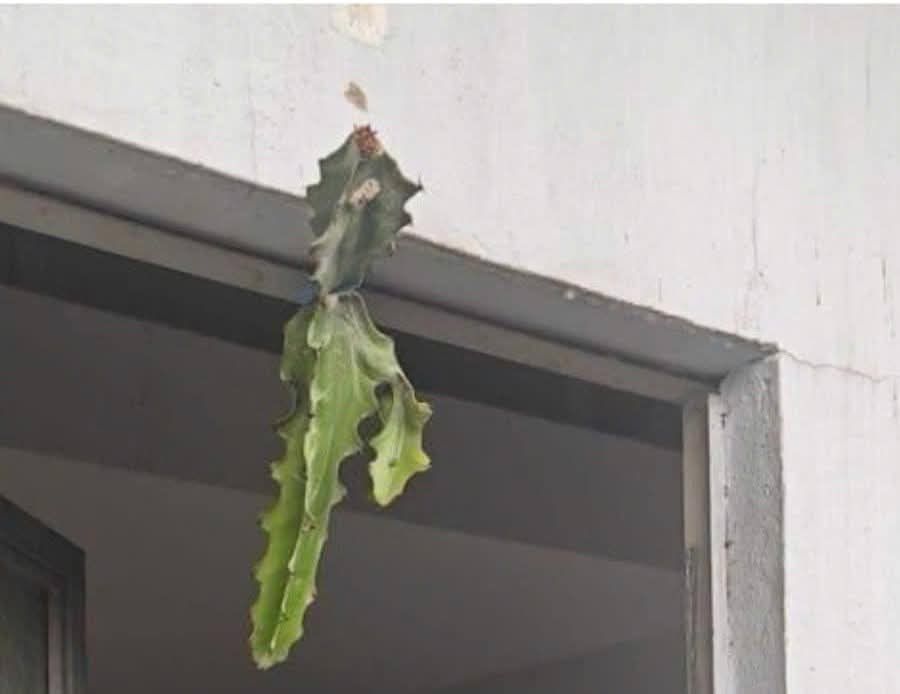ADVERTISEMENT
Red Flags to Watch for When Buying a Home: If You See This, Run Away Immediately!
Buying a home is one of the most significant financial decisions you’ll make in your life. It’s a decision that can bring joy and stability or, if not done carefully, can lead to headaches and long-term financial trouble. While many factors go into buying the perfect home, it’s crucial to keep your eyes peeled for red flags that can indicate problems lurking beneath the surface.
If you go to buy a house and notice any of the following signs, you should walk away immediately. Here’s why you should be cautious and how to protect yourself from making a mistake.
1. Signs of Water Damage or Mold
Water damage is a major red flag when house hunting. While a little moisture in a basement or attic might not be a deal-breaker, extensive water damage can indicate larger issues with the structure of the house, poor maintenance, or even an undiagnosed leak. If you spot water stains on the walls or ceilings, peeling paint, or a musty smell, it’s crucial to investigate further.
Mold growth is another major issue that can lead to health problems and expensive repairs. It’s common to find mold in damp areas like bathrooms or basements, but if you notice it in other areas of the home or in excessive amounts, it’s a sign that the house may not be properly ventilated, and there could be hidden water problems.
Why to Run Away:
Mold remediation is costly, and excessive water damage can indicate foundational or plumbing issues. In many cases, repairing the damage might require an entire renovation, which can be financially draining.
2. Structural Issues or Foundation Problems
The foundation is the backbone of a house, and issues with it can lead to long-term, expensive repairs. When touring a potential home, be on the lookout for cracks in the foundation, uneven floors, doors that won’t close properly, or walls that are leaning. If a house has noticeable foundation issues, it could indicate that the entire structure is compromised.
Why to Run Away:
Repairing a foundation is a costly and extensive process that can involve excavating the entire area, fixing the structure, and replacing damaged components. This is not a minor fix and can significantly impact the value of the house.
3. Overwhelming Odors
Odors can be a major indicator of underlying problems in a home. While you may encounter the occasional scent of cooking or fresh paint during a showing, if you notice musty, moldy, or overpowering chemical smells, take note. These odors may indicate water damage, mold, or poor ventilation. In some cases, the smell could be a result of pet issues or previous pest infestations.
Why to Run Away:
Strong odors are often difficult to get rid of and may point to costly hidden problems that are not easily solved with cleaning. It may also be a red flag for long-term neglect in maintaining the home.
4. Outdated Electrical Systems
When you’re looking at a home, be sure to ask about the age of the electrical system. An outdated or faulty electrical system can be dangerous and costly to upgrade. Look for exposed wiring, old circuit breaker panels, or an abundance of extension cords. If you notice any signs that the home’s electrical system is not up to code or too outdated, be prepared for potentially large expenses.
Why to Run Away:
Upgrading electrical systems can be expensive, and in some cases, it may require tearing down walls or replacing major components throughout the house. It’s not a DIY fix, and hiring a licensed electrician can add thousands of dollars to the total cost of the home.
5. Unpermitted Additions or Renovations
While some home improvements can add value to a property, unpermitted additions or renovations are a huge red flag. If a house has been remodeled without the proper permits, it could be in violation of local building codes, leaving you responsible for correcting those issues. Unpermitted renovations can also impact the resale value of the property and may complicate the mortgage approval process.
Why to Run Away:
